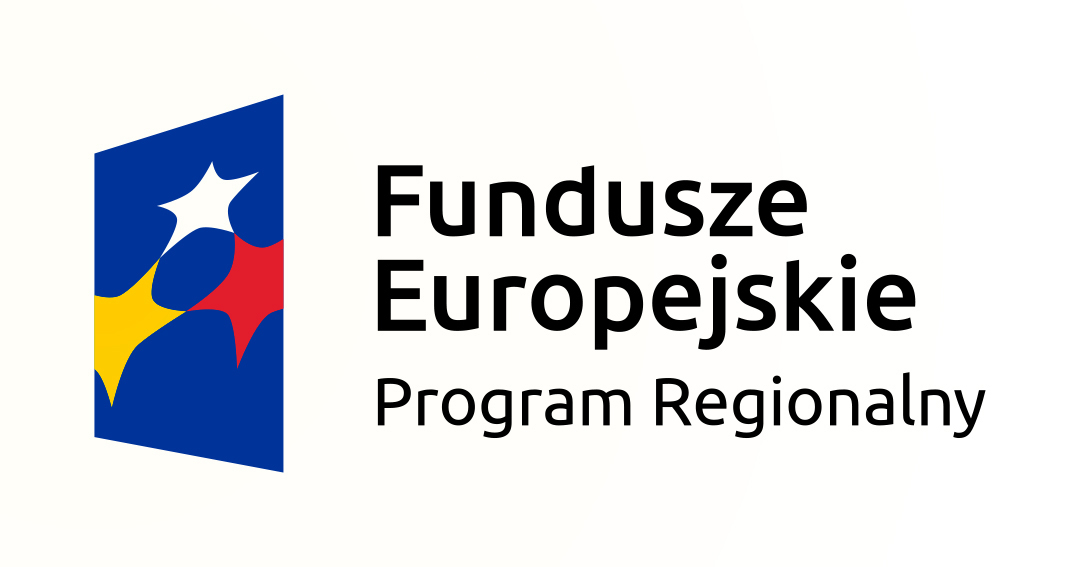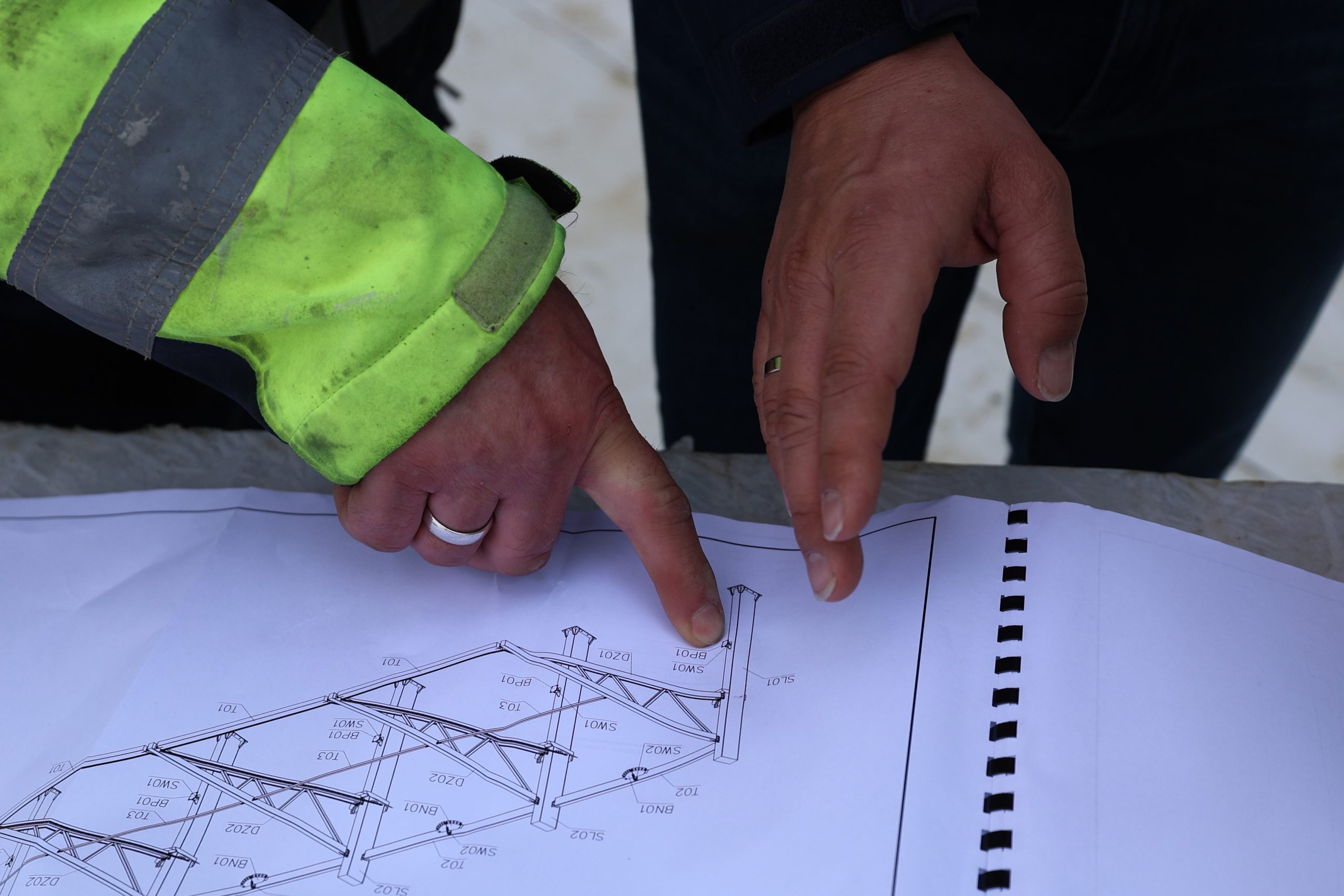
Steel Structure Certifications – What to Pay Attention To?
Steel construction is an area where safety and workmanship quality are of fundamental importance. Statistics show that over 60% of structural failures in Europe are caused by execution defects that could have been eliminated with an appropriate quality control system. The introduction of the mandatory EN 1090 standard in 2014 was a breakthrough in standardizing requirements for steel structures throughout the European Union. This provided investors with clear criteria for evaluating contractors and manufacturers with precise guidelines for production processes.
Understanding the certification system is crucial for both investors and contractors. The differences between execution classes EXC1-EXC4 determine not only technological requirements but also affect the safety of building use. Certificates are not just a formality – they are a guarantee that the structure meets all necessary legal and technical requirements.
Mandatory Legal Certifications in Steel Structures
The basic legal requirement for manufacturers of steel structures is to hold a certificate of conformity of Factory Production Control (FPC) in system 2+ according to the Regulation (EU) No 305/2011 of the European Parliament and of the Council (CPR). This document confirms that the manufacturer has implemented and maintains a production control system compliant with the EN 1090 standard. Without this certificate, the manufacturer is not allowed to affix the CE marking to their products, which effectively prevents the placing of steel structures on the European market.
The EN 1090 standard consists of three parts, the most important for steel structure contractors being part two (EN 1090-2), which specifies technical requirements for steel structures. When choosing a contractor, it is always worth requesting a current FPC certificate and ensuring they are certified in the appropriate execution class. For dynamically loaded structures, such as steel structures or industrial halls, a minimum class of EXC3 is recommended, which guarantees rigorous quality control procedures for welding and assembly.
Quality Certifications in Steel Structure Production
In addition to mandatory legal certifications, reputable manufacturers of steel structures hold additional quality certifications. Key among these is ISO 3834, which specifies quality requirements for fusion welding of metallic materials. This certificate confirms that the company has the appropriate competence, equipment, and procedures to perform high-quality welded joints. Depending on the execution class of the structure, the appropriate level of ISO 3834 certification (parts 2, 3, or 4) is required.
Equally important is the ISO 9001 certificate, confirming the implementation of a quality management system throughout the organization. Companies holding the ISO 45001 certificate further minimize the risk of assembly errors through proper occupational health and safety management. When ordering steel structures, it is also worth paying attention to material certificates (so-called attestations) and non-destructive testing (NDT) reports, which confirm the quality of the materials used and the welded joints performed.
Execution Classes EXC in Engineering Practice
The EN 1090-2 standard defines four execution classes for steel structures (EXC1-EXC4), which determine the stringency of requirements for production and erection. EXC1 is the least demanding and is mainly used for auxiliary structures with low risk, such as shelters or simple elements not carrying significant loads. For typical warehouse halls, EXC2 is usually sufficient, while public utility buildings, bridges, or structures subjected to dynamic loads require EXC3.
The highest class, EXC4, is reserved for structures of special importance or those exposed to extreme loads, such as power plants or industrial facilities with increased risk. When designing specialized structures, such as biogas plants or pressure vessels, precisely defining the execution class at the design stage is crucial. At Abastran, we specialize in the design and implementation of steel structures in EXC2 and EXC3 classes, ensuring full compliance with normative requirements.
Verification of Certificates and Consequences of Their Absence
Verifying the authenticity of certificates is a key element when choosing a steel structure contractor. FPC certificates are issued by notified bodies, such as TÜV Rheinland or the Institute of Welding (Instytut Spawalnictwa), and their authenticity can be checked directly on the websites of these institutions. It is worth paying attention to the scope of certification (whether it covers the type of structure of interest) and the expiry date – most certificates require renewal every 3-5 years.
The consequences of choosing a contractor without the appropriate certificates can be serious. From a legal standpoint, a structure without CE marking should not be approved for use, which can result in the investment being halted by building supervision authorities. From a technical standpoint, the lack of certification increases the risk of execution defects, which can lead to structural failure, endangering user safety. Additionally, in the event of damage caused by structural defects, insurers may refuse to pay compensation if the structure did not meet normative requirements.
When choosing a steel structure contractor, it is worth consulting with an experienced building supervision inspector or using the services of our company, Abastran. We have many years of experience in implementing projects compliant with the highest quality standards.
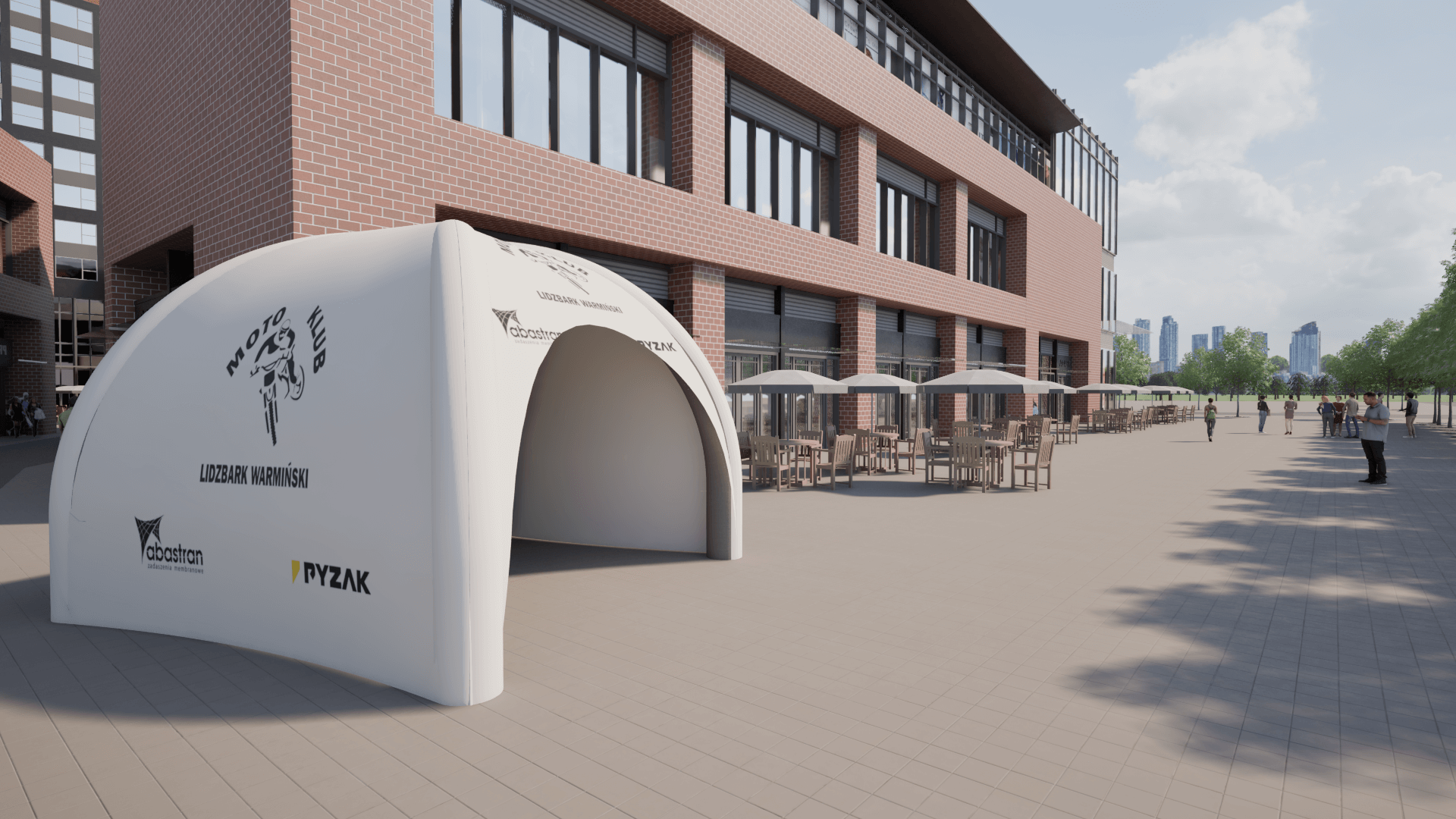
Advertising Tents as an Investment – How to Increase Brand Recognition at Events?

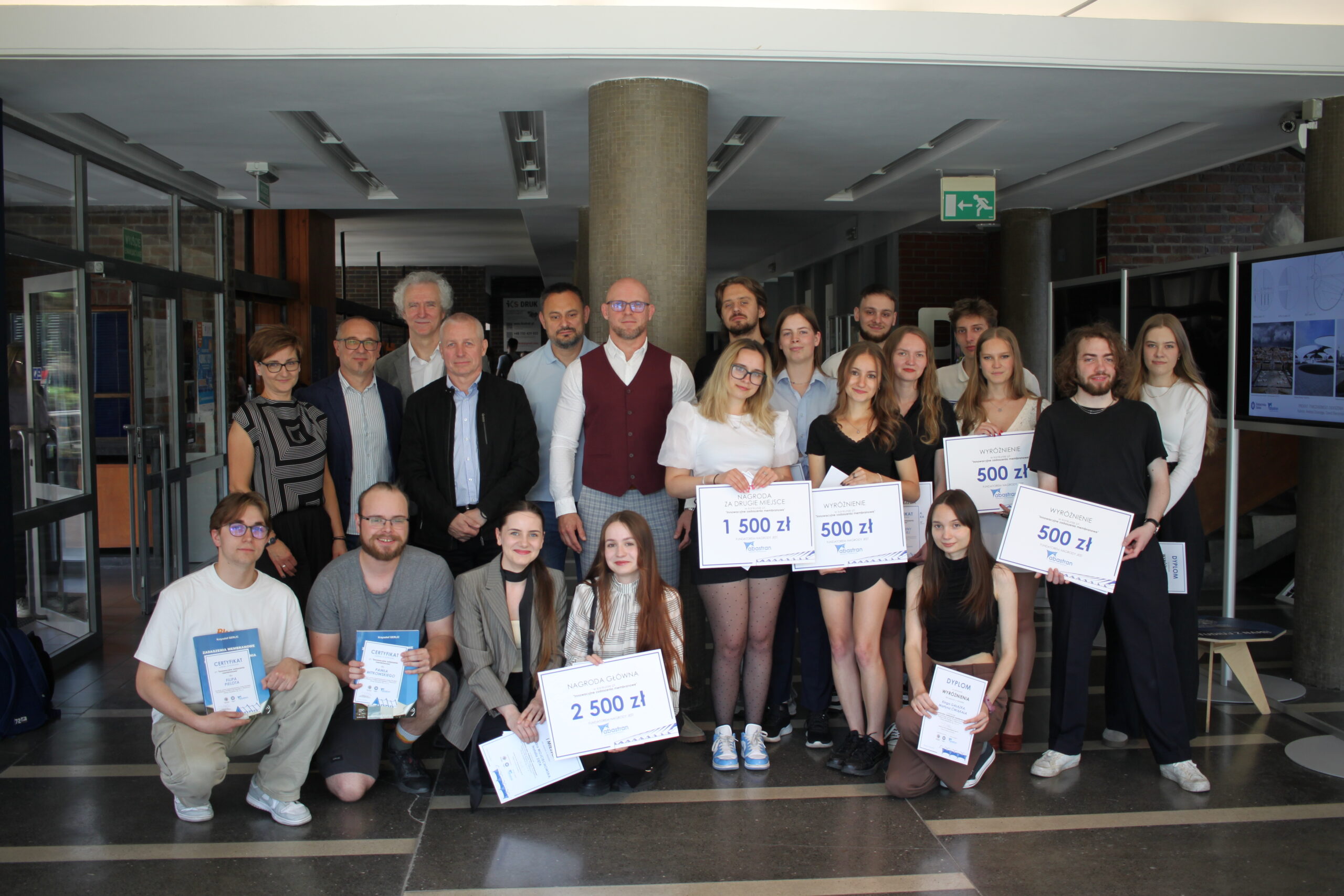
Competition for Innovative Membrane Roofing – Results and Inspirations
This year, we had the pleasure of organizing a competition together with the Faculty of Architecture at the Silesian University of Technology for 6th-semester students to design innovative membrane roofing. The award ceremony, held at the Faculty of Architecture in Gliwice, was the culmination of the young designers’ creative and technical journey.
